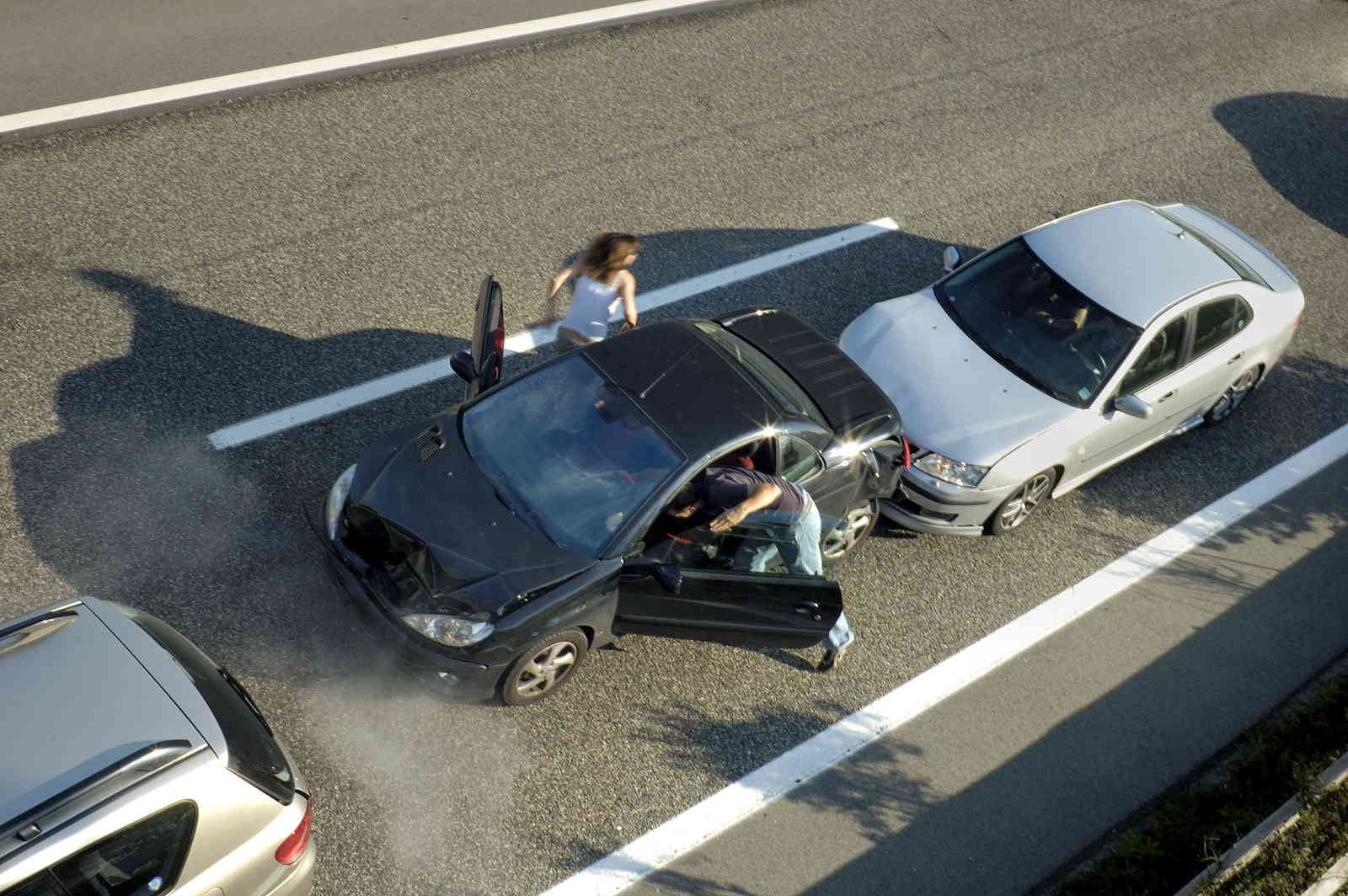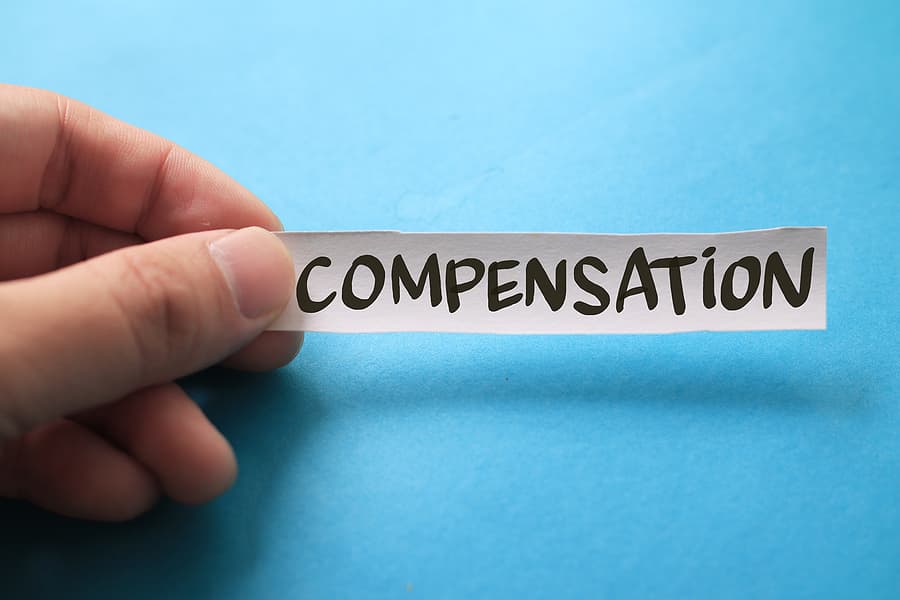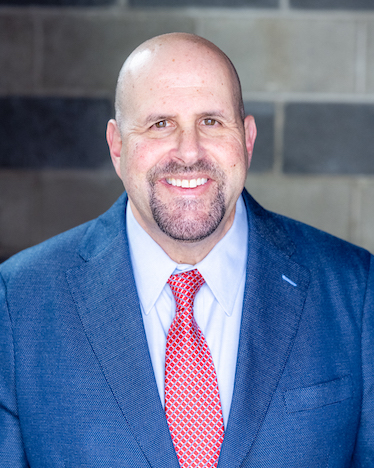Drowsy Driving Accidents in Chicago
What Causes Drowsy Driving?
According to the National Sleep Foundation, not getting enough sleep is the primary cause of fatigue, and drivers feel confident that they can make it home even when experiencing extreme drowsiness. While excessive sleep deprivation, like 18 to 24 hours awake, is similar to drunk driving, anything less than eight hours can cause a drowsy driving accident. Those who only get six to seven hours of sleep are twice as likely to be in a motor vehicle accident. Additionally, anyone who sleeps less than five hours is four to five times more likely to be in a collision. Most often, drivers are tired from:
- Getting off work late, overworking, or pulling a double shift
- Untreated sleep disorders that affect sleep quality, such as sleep apnea
- Overexertion while on a road trip to get to a specific destination
- Being abruptly awakened from sleep due to an emergency
- Attending a late-night event like a concert, show, or party
- Alcohol and drugs that cause drowsiness
- Prescription and over-the-counter medications that cause tiredness
- Weather and car trouble delays that exhaust a person's energy
- Truckers need to meet unrealistic deadlines to meet employer demands
Medications are hazardous, and manufacturers will place warning labels warning consumers that they cause drowsiness. Doctors and pharmacists will also warn patients that the medicine they are prescribing can cause drowsiness and that they should avoid driving. Drivers do not always listen. Some commonly known medications that cause sleepiness are:
- Narcotic pain relievers
- Antidepressants
- Muscle relaxers
- Anxiety medications
- Allergy medications
- Blood pressure medications
- Anticonvulsants
- Prescription sleep aids
Combining alcohol and medications is also a deadly combination that can lead to drowsiness and additional impairment. Even experienced drivers are not immune from legal repercussions for taking medications that cause drowsiness. Anyone taking medication must read the warning label and take the necessary precautions to stay safe and keep others safe. They cannot plead ignorance of the side effects.
Drowsy driving also leads to other distractions because drivers are trying to stay awake, so they believe that talking on the phone, blasting loud music, and other activities will keep them awake. When you combine sleepiness and distractions, it is a recipe for disaster. Regardless of the combination of factors that led to your crash, always have our attorneys review your options. We can identify whether another driver should be responsible for your losses and seek the compensation you deserve.Drowsy Driving and Traffic Safety
Common Types of Drowsy driving accidents

- Rear-End Collisions: Drowsy drivers may have delayed reaction times, increasing the likelihood of rear-end collisions, especially in situations where traffic suddenly slows or stops.
- Single-Vehicle Accidents: Drowsy drivers are at a higher risk of veering off the road or colliding with objects, leading to single-vehicle accidents. These can result in serious injuries or fatalities.
- Head-On Collisions: A drowsy driver may inadvertently drift into oncoming traffic, causing a head-on collision. These accidents often result in severe injuries due to the force of impact.
- Intersection Accidents: Drowsy drivers may fail to notice traffic signals or stop signs, leading to accidents at intersections. These accidents can involve multiple vehicles and pedestrians.
- Sideswipe Accidents: Drowsy driving can cause a driver to drift into adjacent lanes, resulting in sideswipe collisions with vehicles traveling alongside them.
- Run-Off-Road Crashes: Drowsy drivers are prone to running off the road, especially on highways or roads with minimal barriers. This can lead to rollovers or collisions with obstacles on the roadside.
- Collisions with Stationary Objects: Drowsy drivers may collide with stationary objects such as guardrails, light poles, or parked vehicles, causing extensive damage and injuries.
- Accidents Involving Commercial Vehicles: Commercial truck drivers who experience fatigue are a significant risk on the roads. Accidents involving large trucks can result in catastrophic consequences.
- Multiple Vehicle Pile-Ups: On highways, drowsy driving can contribute to chain-reaction accidents involving multiple vehicles, leading to extensive damage and severe injuries.
- Pedestrian and Cyclist Accidents: Drowsy drivers may fail to notice pedestrians or cyclists, leading to accidents at crosswalks or along roadways.
What Are the Signs of a Sleepy Driver?
Fatigue shows signs before someone falls asleep, and here are some telltale signs that a motorist is drowsy:- Restlessness
- Impatience
- Bob their heads
- Repeatedly yawning
- Irritability
- Acting distant
- Memory lapses
- Drifting into other lanes of traffic
Injuries From Drowsy Driving Related Crashes
You can sustain any number of injuries in a drowsy driving accident, such as:
- Whiplash and Soft Tissue Injuries:Fatigued driver accidents often result in sudden stops or changes in motion, leading to whiplash and other soft tissue injuries. These injuries can cause neck pain, headaches, and long-term discomfort.
- Head Injuries and Traumatic Brain Injuries (TBIs):Severe accidents can lead to head injuries, including concussions and traumatic brain injuries. TBIs may have long-lasting cognitive and neurological effects, impacting a person's quality of life.
- Spinal Cord Injuries:Accidents caused by fatigued driving can result in spinal cord injuries, leading to paralysis or other forms of permanent disability.
- Broken Bones and Fractures:The impact of a fatigued driver accident can cause fractures and broken bones. Depending on the severity, these injuries may require surgery and extended rehabilitation.
- Internal Organ Damage:Blunt force trauma from accidents can cause internal injuries, including damage to organs such as the liver, spleen, or kidneys. Internal injuries may not be immediately apparent and can lead to complications over time.
- Cuts, Bruises, and Lacerations:Impact with objects within the vehicle or from the accident itself can result in cuts, bruises, and lacerations. While these may seem minor, they can lead to infections and scarring.
- Emotional and Psychological Injuries:The trauma of a fatigued driver accident can have lasting emotional and psychological effects, such as anxiety, depression, or post-traumatic stress disorder (PTSD).
- Facial Injuries:Airbag deployment or impact with the steering wheel can cause facial injuries, including fractures, contusions, and dental damage.
- Amputations:In severe accidents, the risk of limb entrapment or severe injuries may lead to amputations, significantly impacting a person's mobility and quality of life.
- Internal Bleeding:Internal injuries can result in bleeding that may not be immediately evident. Internal bleeding can be life-threatening if not promptly diagnosed and treated.
Injuries in a car crash can be life-altering, and they might be worse in a truck accident. It can take months or years of medical treatment to reach maximum medical improvement, and even then, you might not be the same again. It's important to work with a Chicago drowsy driving attorney to review your compensation options and get assistance and advocacy throughout the process.
Seeking Compensation After a Drowsy Driver Accident
 Compensation is vital after a drowsy driving accident, and you will need to take legal action to ensure you get the payment you need for the losses the drowsy driver caused. While insurance companies should make the claim process more manageable, they do not. They commonly delay and deny claims.
Thankfully, there are Chicago drowsy driving lawyers who will negotiate with the insurance company to get the maximum compensation for your injuries. If an insurance claim does not settle for a fair amount, then your attorney will look into filing a personal injury lawsuit to hold liable parties responsible.
Compensation is vital after a drowsy driving accident, and you will need to take legal action to ensure you get the payment you need for the losses the drowsy driver caused. While insurance companies should make the claim process more manageable, they do not. They commonly delay and deny claims.
Thankfully, there are Chicago drowsy driving lawyers who will negotiate with the insurance company to get the maximum compensation for your injuries. If an insurance claim does not settle for a fair amount, then your attorney will look into filing a personal injury lawsuit to hold liable parties responsible.
How an Attorney Can Help
Why should you contact a personal injury lawyer?When you hire a personal injury attorney, they can assist you in many ways. You no longer have to wonder about your legal rights, as your lawyer can advise you of them. You can focus on your medical treatment and physical recovery while trusting that someone is protecting your rights. In the meantime, your lawyer can:
- Identify liable parties, which can include the driver and employers if a driver was on the job
- Calculate your past, future, and intangible losses, which can include medical bills, lost earnings, and pain and suffering
- Handle all insurance company claims, including communicating and negotiating with adjusters on your behalf
- Advise you if a settlement offer is fair or not
- Proceed to litigation if necessary to seek full compensation
